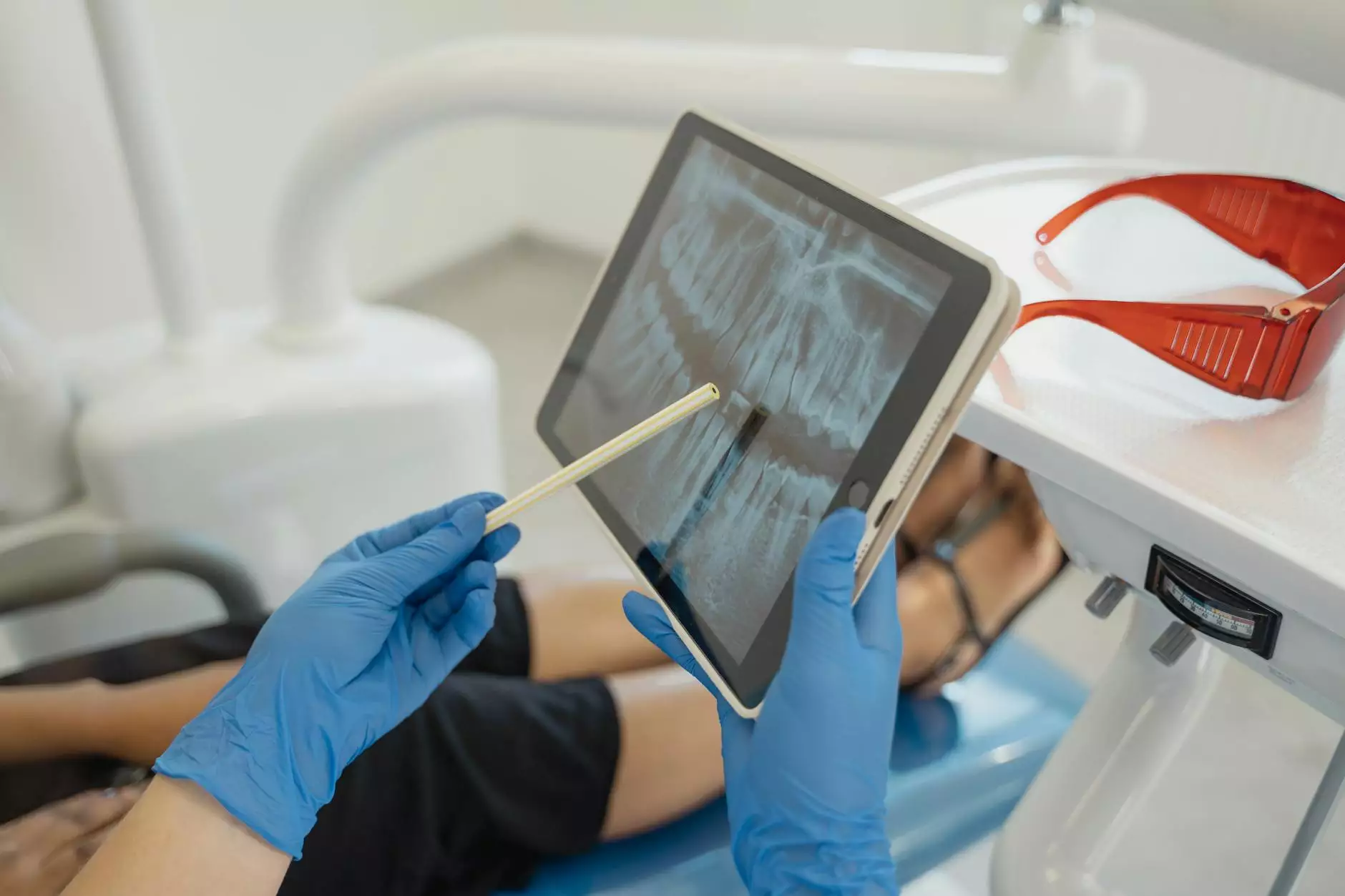Noninvasive 3D Imaging of Arteries Gives Cardiologists More Information
Health Equity
Introduction
Welcome to Norton Community Medical Associates, where we strive to provide the latest advancements in the field of cardiology. In this article, we will explore the exciting world of noninvasive 3D imaging of arteries and how it is giving cardiologists more information than ever before. This cutting-edge technology is revolutionizing the way we diagnose and treat cardiovascular diseases.
Understanding 3D Imaging of Arteries
Noninvasive 3D imaging of arteries is a sophisticated imaging technique that allows cardiologists to visualize the intricate structures and blood flow within the arteries without any invasive procedures. It utilizes advanced imaging modalities such as computed tomography angiography (CTA) or magnetic resonance angiography (MRA) to create detailed three-dimensional images of the arterial system.
Benefits of Noninvasive 3D Imaging
The use of noninvasive 3D imaging in cardiology has numerous benefits for both patients and cardiologists:
- Improved Diagnostic Accuracy: By providing detailed visualization of the arteries, noninvasive 3D imaging helps cardiologists accurately identify and diagnose various conditions such as arterial blockages, aneurysms, or congenital anomalies.
- Reduced Risks: Unlike invasive procedures like angiography, 3D imaging does not require the insertion of catheters or exposure to contrast agents, reducing the risk of complications or adverse reactions.
- Noninvasive Follow-up: After a cardiac intervention, noninvasive 3D imaging allows cardiologists to monitor the effectiveness of the treatment and assess the condition of the arteries without the need for additional invasive procedures.
- Enhanced Treatment Planning: Detailed 3D images help cardiologists plan and guide complex procedures such as stent placements or bypass surgeries, ensuring optimal outcomes.
Applications in Cardiology
Noninvasive 3D imaging has a wide range of applications in the field of cardiology:
- Coronary Artery Disease: 3D imaging helps identify and localize coronary artery blockages accurately, aiding in the selection of appropriate treatment options.
- Aortic Anomalies: By providing detailed views of the aorta, 3D imaging helps detect aneurysms, dissections, or other anomalies, enabling prompt interventions to prevent potential complications.
- Valvular Heart Disease: 3D imaging aids in evaluating the function and structure of heart valves, assisting in the diagnosis and planning of valve interventions.
- Congenital Heart Defects: Detailed 3D images allow precise visualization of complex congenital heart defects, helping cardiologists in the preoperative assessment and postoperative follow-up of patients.
Advancements in Noninvasive 3D Imaging Technology
With ongoing advancements, noninvasive 3D imaging technology is constantly evolving to enhance its capabilities:
- Improved Resolution: Higher resolution imaging techniques enable better visualization of smaller arteries and finer details, enhancing diagnostic accuracy.
- Faster Scanning: Advanced imaging protocols now allow faster scanning times, reducing patient discomfort and improving efficiency in clinical settings.
- Reduced Radiation Exposure: Newer systems incorporate low-dose techniques, minimizing radiation exposure to patients during imaging procedures.
- Integration with Artificial Intelligence: Artificial intelligence algorithms are being developed to assist cardiologists in analyzing and interpreting the vast amount of data generated by 3D imaging, further improving diagnostic accuracy.
Conclusion
Noninvasive 3D imaging of arteries is a game-changer in the field of cardiology, empowering cardiologists with detailed information about the arterial system without any invasive procedures. At Norton Community Medical Associates, we are committed to staying at the forefront of technology to provide our patients with the best care possible. If you have any questions or would like to learn more about noninvasive 3D imaging and its applications, please don't hesitate to contact us.









